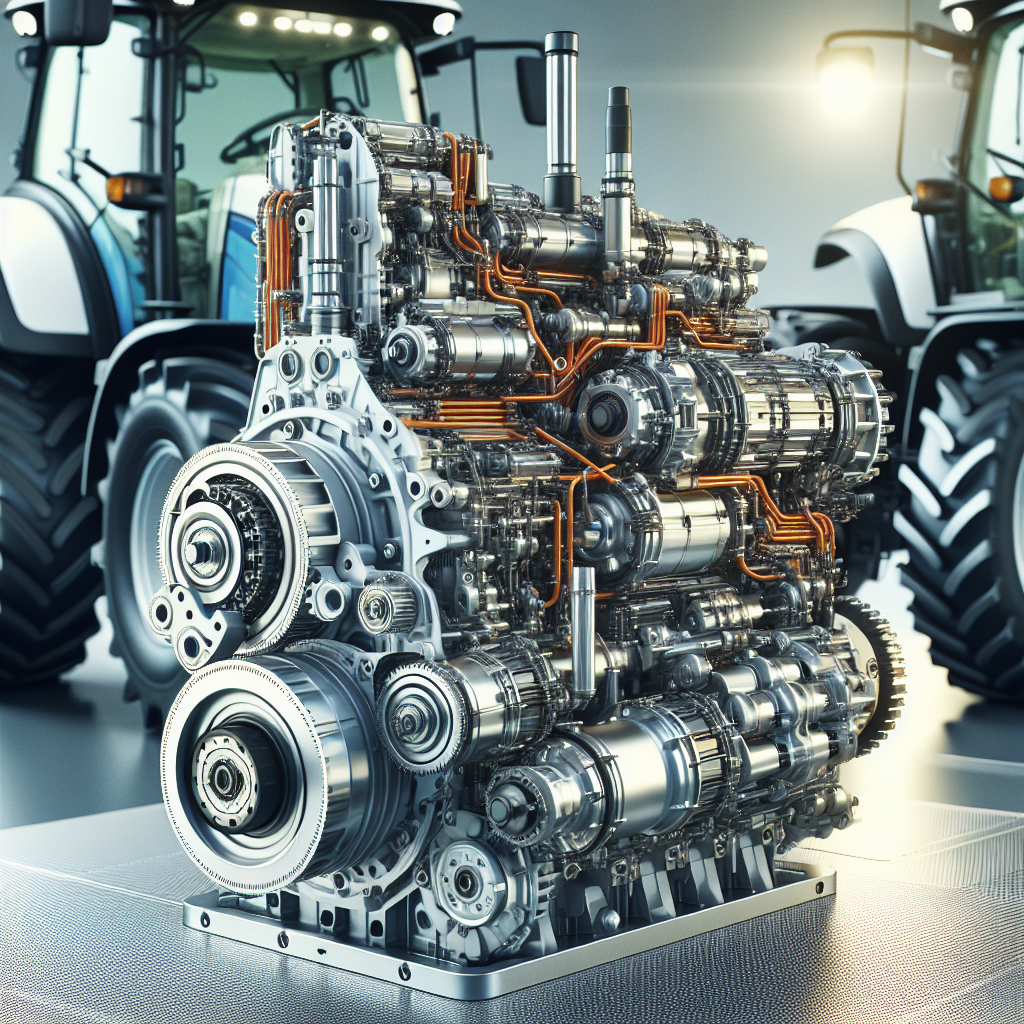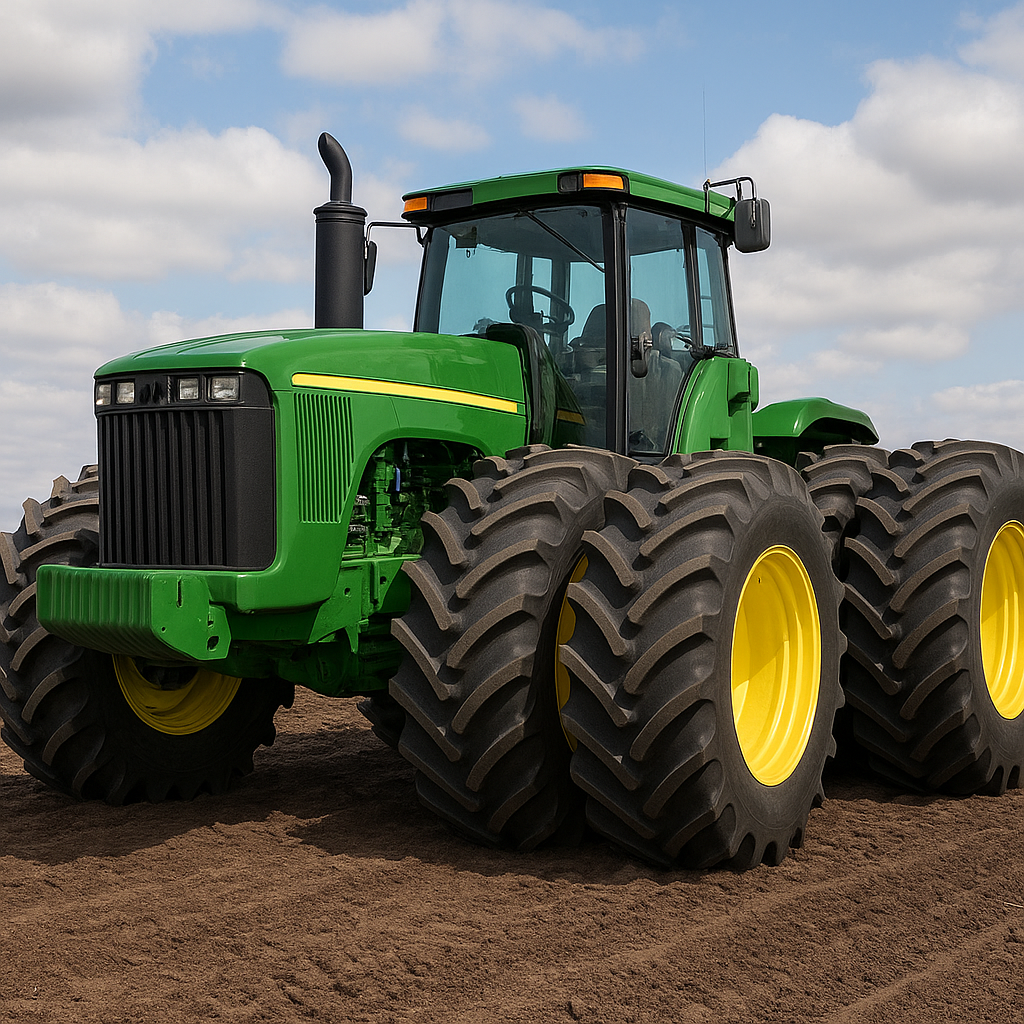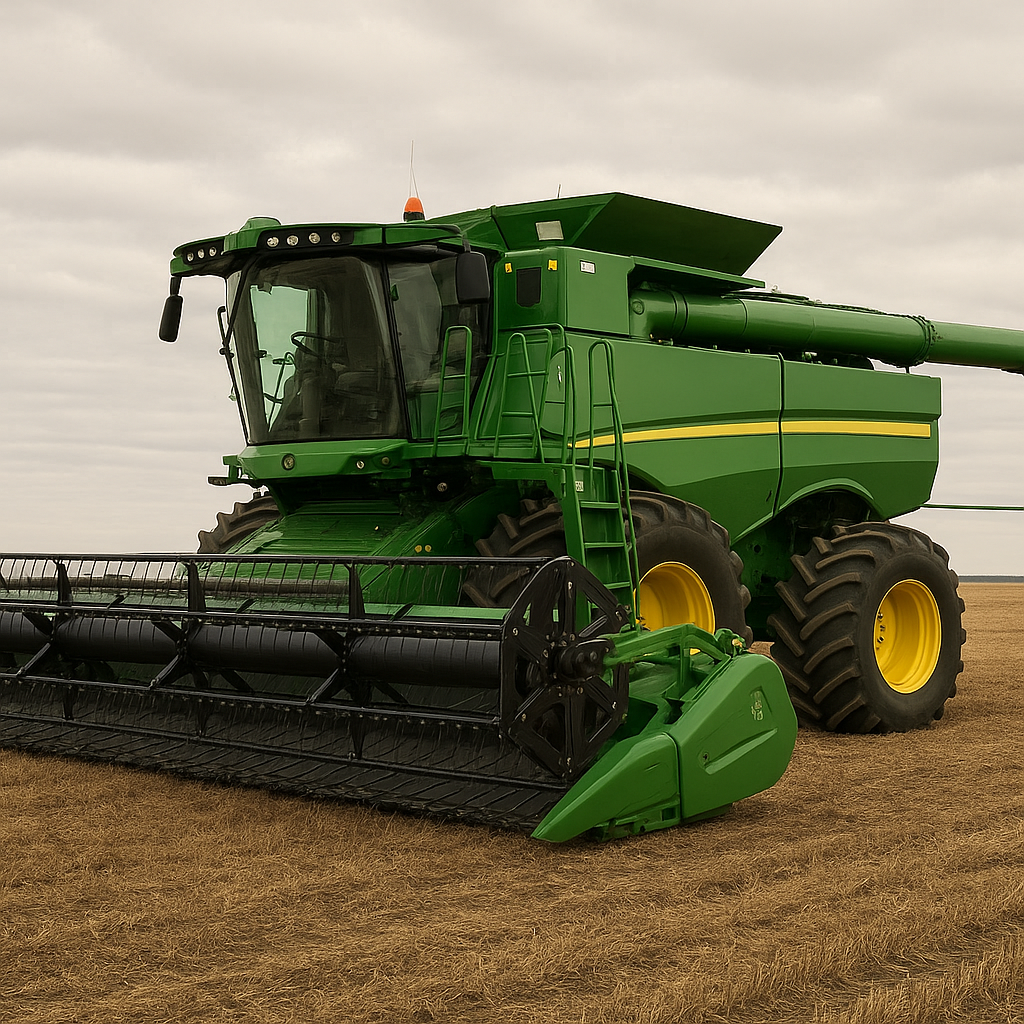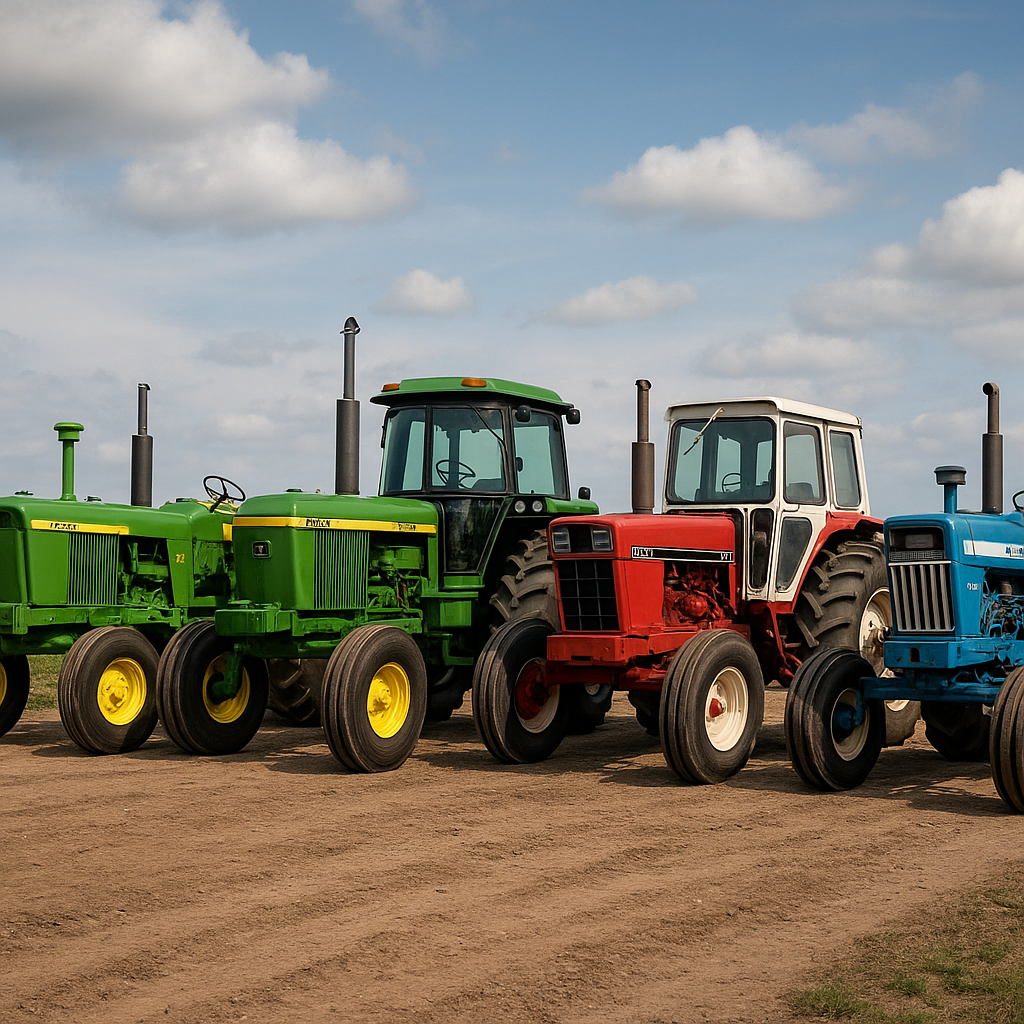In the world of modern agriculture, the efficiency and performance of tractors are paramount. One of the critical components that significantly influence these factors is the transmission system. Two of the most advanced transmission systems available today are the Continuously Variable Transmission (CVT) and the Powershift transmission. This article delves into the intricacies of these systems, comparing their functionalities, advantages, and applications in modern tractors.
Understanding Continuously Variable Transmission (CVT)
The Continuously Variable Transmission (CVT) is a type of automatic transmission that provides a seamless range of gear ratios. Unlike traditional transmissions that use a fixed number of gears, CVT can change seamlessly through an infinite number of effective gear ratios between maximum and minimum values. This unique capability allows for optimal engine performance and fuel efficiency.
How CVT Works
CVT operates using a system of pulleys and a belt or chain. The primary components include a variable-diameter drive pulley connected to the engine and a variable-diameter driven pulley connected to the wheels. The belt or chain runs between these pulleys. By adjusting the diameter of the pulleys, the CVT can change the gear ratio continuously, providing smooth acceleration and deceleration.
Advantages of CVT
- Fuel Efficiency: CVT allows the engine to run at its most efficient RPM for a range of speeds, leading to better fuel economy.
- Smooth Operation: The seamless transition between gear ratios ensures a smooth driving experience without the jerks associated with gear shifts in traditional transmissions.
- Optimal Performance: CVT can maintain the engine in its optimal power band, providing better performance under various load conditions.
Applications in Modern Tractors
In modern tractors, CVT is particularly beneficial for tasks that require variable speeds and frequent changes in load, such as plowing, planting, and harvesting. The ability to maintain a constant engine speed while adjusting the ground speed enhances productivity and reduces operator fatigue.
Exploring Powershift Transmission
Powershift transmission is another advanced system used in modern tractors. It combines the benefits of manual and automatic transmissions, allowing for quick and efficient gear changes without the need for a clutch pedal. This system is designed to handle high torque and provide robust performance in demanding agricultural tasks.
How Powershift Transmission Works
Powershift transmission uses a series of planetary gear sets and hydraulic clutches to change gears. The driver can shift gears manually using a lever or buttons, or the system can shift automatically based on engine load and speed. The hydraulic clutches engage and disengage the gears, allowing for smooth and rapid gear changes.
Advantages of Powershift Transmission
- Durability: Powershift transmissions are built to handle high torque and heavy loads, making them ideal for demanding agricultural applications.
- Efficiency: The ability to shift gears quickly and efficiently without losing power ensures that the tractor can maintain optimal performance under varying conditions.
- Operator Convenience: The absence of a clutch pedal reduces operator fatigue and allows for easier control of the tractor.
Applications in Modern Tractors
Powershift transmissions are well-suited for tasks that require consistent power and torque, such as tilling, hauling, and heavy-duty fieldwork. The ability to shift gears quickly and efficiently ensures that the tractor can handle challenging terrain and heavy loads with ease.
Comparing CVT and Powershift Transmission
Both CVT and Powershift transmissions offer unique advantages and are suited for different types of agricultural tasks. Understanding the differences between these systems can help farmers and operators choose the right transmission for their specific needs.
Performance and Efficiency
CVT excels in providing smooth and efficient operation, making it ideal for tasks that require variable speeds and frequent changes in load. The ability to maintain a constant engine speed while adjusting the ground speed enhances fuel efficiency and reduces wear and tear on the engine.
Powershift transmission, on the other hand, offers robust performance and durability, making it suitable for heavy-duty tasks that require consistent power and torque. The quick and efficient gear changes ensure that the tractor can handle challenging conditions without losing power.
Operator Experience
CVT provides a smooth and seamless driving experience, reducing operator fatigue and allowing for precise control of the tractor. The absence of gear shifts ensures a comfortable ride, especially during long hours of operation.
Powershift transmission offers the convenience of quick and efficient gear changes without the need for a clutch pedal. This reduces operator fatigue and allows for easier control of the tractor, especially in demanding tasks that require frequent gear changes.
Maintenance and Durability
CVT systems are generally more complex and may require more frequent maintenance to ensure optimal performance. However, the benefits of improved fuel efficiency and smooth operation often outweigh the maintenance requirements.
Powershift transmissions are known for their durability and ability to handle high torque and heavy loads. They are built to withstand demanding agricultural tasks and typically require less frequent maintenance compared to CVT systems.
Conclusion
Both CVT and Powershift transmissions represent significant advancements in tractor technology, offering unique benefits for modern agriculture. CVT provides smooth and efficient operation, making it ideal for tasks that require variable speeds and frequent changes in load. Powershift transmission offers robust performance and durability, making it suitable for heavy-duty tasks that require consistent power and torque.
Ultimately, the choice between CVT and Powershift transmission depends on the specific needs and preferences of the farmer or operator. By understanding the advantages and applications of each system, farmers can make informed decisions to enhance the efficiency and productivity of their agricultural operations.









